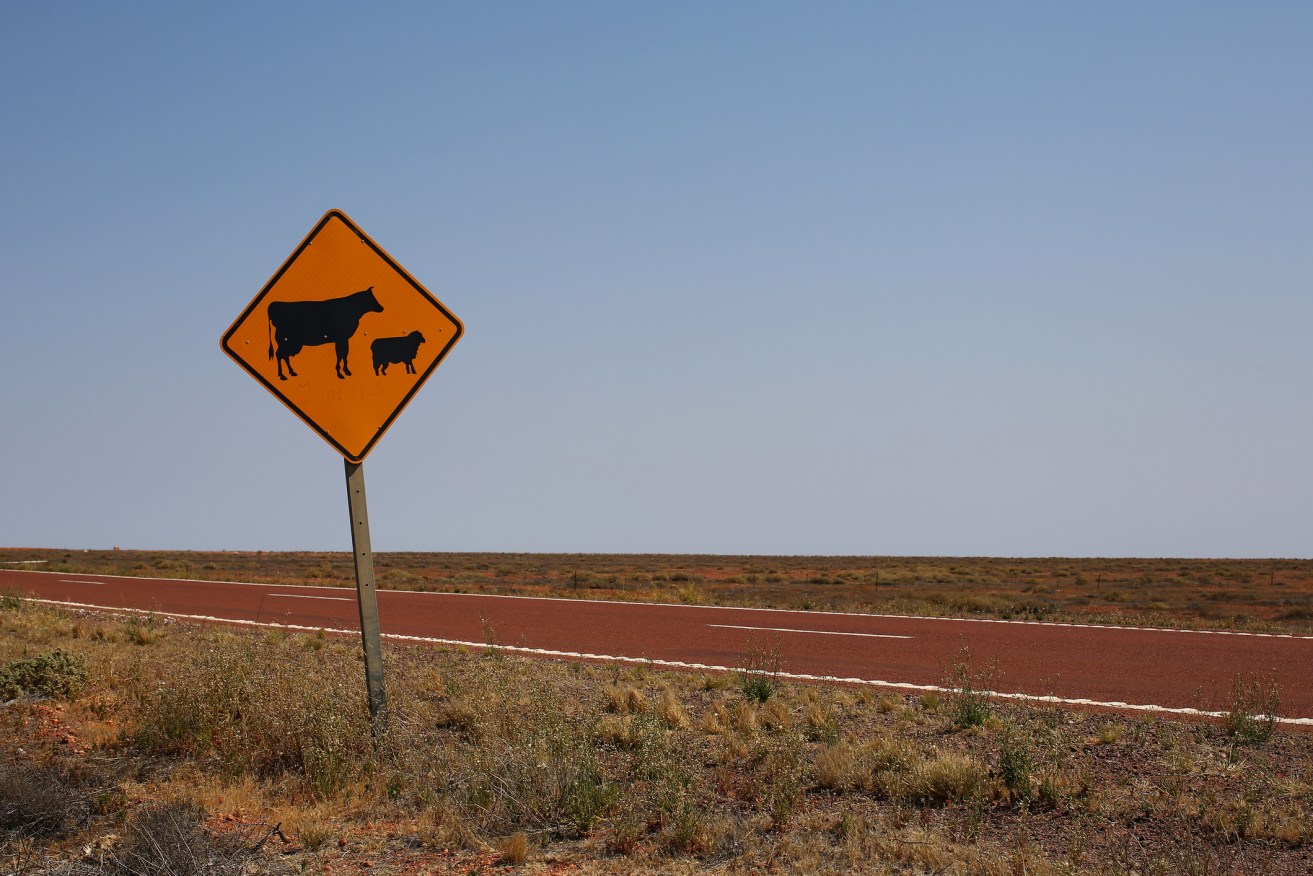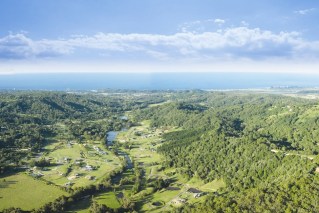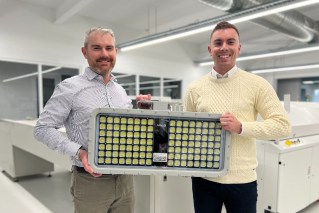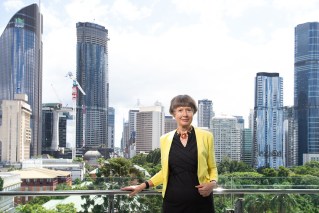Agricultural banking specialist Rabobank says a number of factors are in place that are supportive of continued growth for Queensland farmland prices for at least the year ahead. These include low interest rates and high agricultural commodity prices.
Rabobank senior agricultural analyst Wes Lefroy said the growth in Australian agricultural land prices has been both “robust and lengthy”, with Australian Bureau of Agricultural and Resource Economics and Sciences (ABARES) figures indicating the average value of an Australian farm has increased for the past six consecutive years, climbing 60 per cent over that period.
For Queensland agricultural landholders, the growth has been less aggressive, Mr Lefroy said, though still very strong, with growth in the average farm value for the past five years up 41 per cent over the period.
Listen to Rabobank podcast 2021 Outlook for Australian Ag at RaboTV
The current hot streak of land price growth is not unprecedented, Lefroy points out.
“From 1996 to 2008, Queensland ag land prices increased for 12 straight years, according to ABARES, with the average farm value increasing 219 per cent, without registering a year of negative growth through the period. On an annual basis, growth was a whopping 11 per cent through the period, compared to the current streak of seven per cent growth per annum,” he said.
During the back half of the 1990s, Lefroy said, a string of positive years supported rising farmer profits and, in turn, demand for land.

Rabobank senior agricultural analyst Wes Lefroy (Image: Supplied)
“Once the millennium drought hit, ag land prices accelerated as farmers purchased land to ensure adequate pasture coverage to limit destocking. Land price growth was eventually slowed by an improvement in seasonal conditions, and rising interest rates. Once seasonal conditions improved, farmers directed funds into business consolidation following years of drought, rather than expansion,” he said.
“History tells us that for the current growth in land prices to reverse, we would need to see a major correction in either commodity prices, seasonal conditions and/or interest rates.
“So, as we sit here in 2021, with the RBA cash rate at its lowest point ever (0.10 per cent), the Eastern Young Cattle Indicator flirting with the 1000 cents a kilogram mark, grains prices well above average and seasonal conditions favourable, is a reverse in land price growth a reality any time soon?”
Read our report Agricultural Land Price Outlook: A New Phase at RaboTV
Lefroy said Rabobank’s base case is that land price growth is likely to continue at least throughout 2022.
“With the outlook for interest rates to remain at record lows for the foreseeable future, and the outlook for commodity prices more than favourable, we expect land price growth will continue,” he said.
“If we see seasonal conditions start to become less favourable, and commodity prices ease back toward the five-year average, we may see the rate of growth reduce to near two or three per cent – less than the seven per cent ABARES has recorded over the five year period.”
Lefroy said this outlook is supported by the “ongoing overwhelming level of demand we continue to witness across Queensland”.
“Despite increased number of properties on the market from corporate entities, record prices have continued to be achieved. In central Queensland, both grazing and cropping properties have also continued to achieve record prices. In southern Queensland, we’ve seen the number of properties on the market decline, with an increased portion in the number of sales achieving record prices,” he said.
According to the latest quarterly Rabobank Rural Confidence Survey, six per cent of Queensland farmers plan to buy a property in the next 12 months – the highest percentage since the survey began recording this statistic in Q1 2016.
If a major correction were to occur, caused by a shock to interest rates, commodity prices and/or production, Mr Lefroy said, a swift decline in land prices would still be very unlikely.
“ Traditionally, when downward movements in land prices occur, they adjust over a number of years, as the number of properties on the market would stem any dramatic decline,” he said.
Listen to our podcast How fast is the cattle herd rebuilding on RaboTV



















